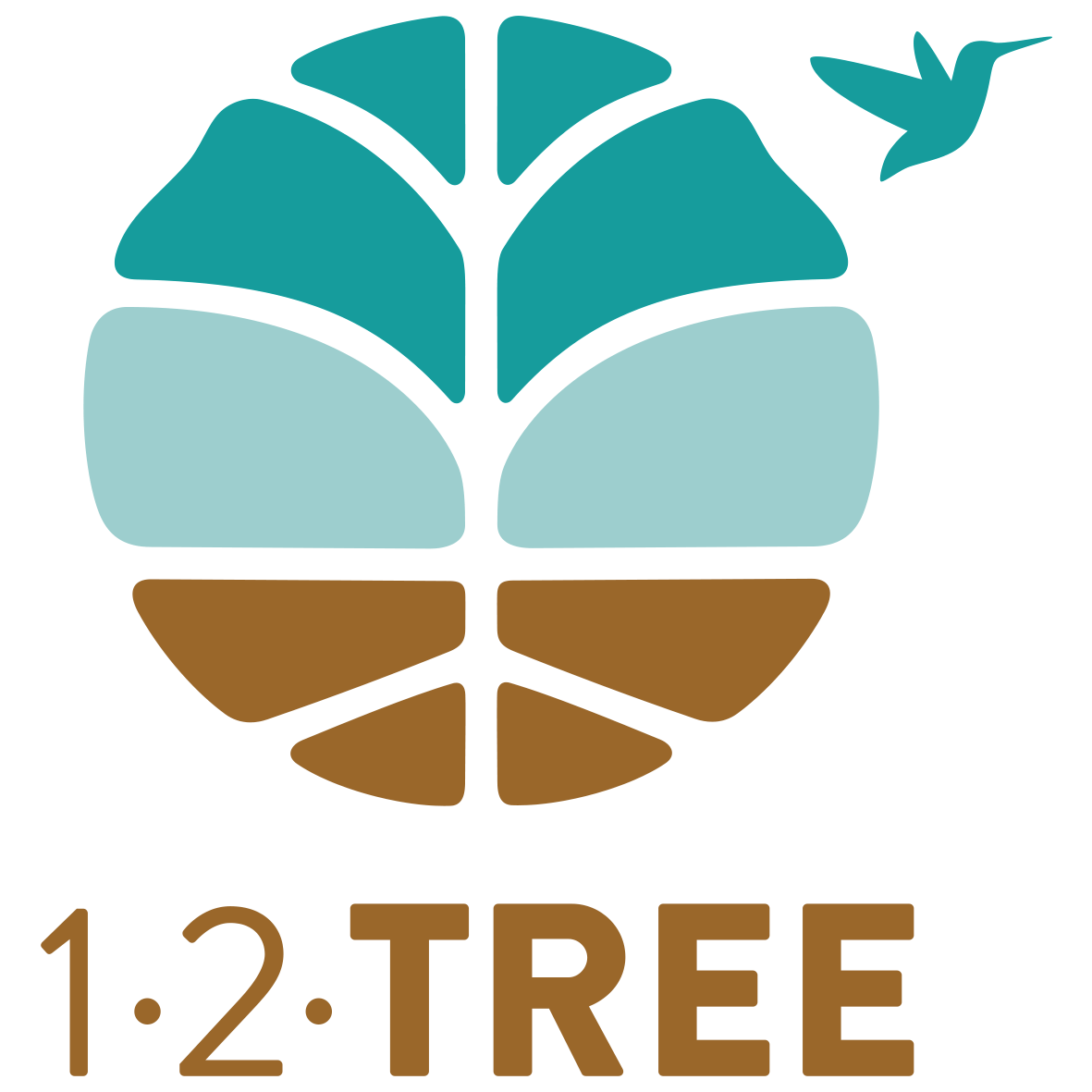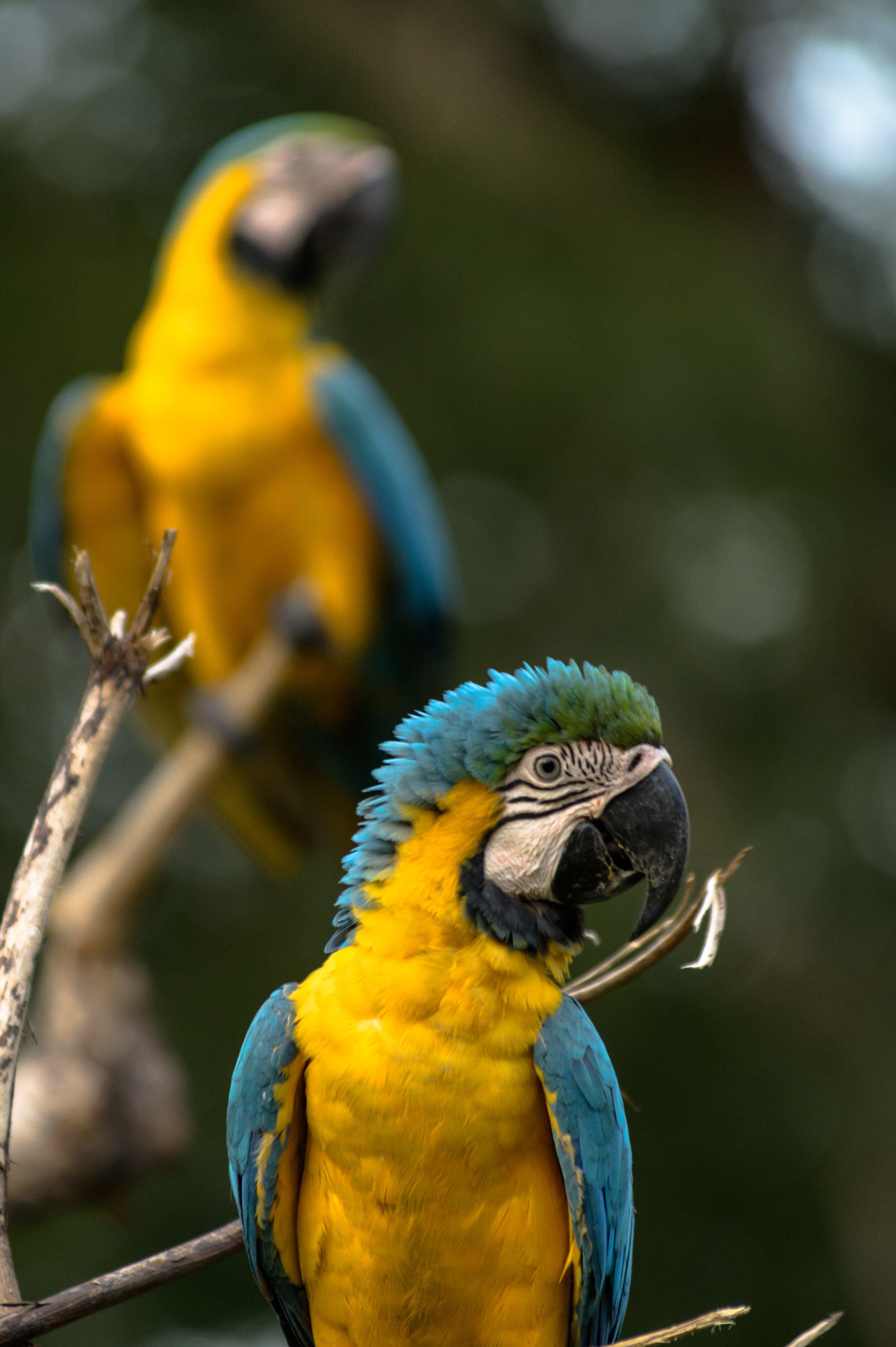#WEVALUENATURE
Today, biodiversity and agriculture are at odds with one another in several ways.
About half of the world’s habitable land is used for agriculture and thus agriculture production is largely responsible for deforestation and the loss of other valuable habitats such as wetlands and grasslands. As a result, food production is responsible for the majority of global biodiversity loss - including as much as 70% of terrestrial biodiversity loss. At the same time food production highly depends on well-functioning ecosystems. Nature provides numerous ecosystem services - such as fertile soils, food, natural remedies, drinking water, and clean air – which in turn regulate the climate. If ecosystems or their components are damaged in the long term, the services provided by nature are at risk.
Despite this reality, only recently have science and industry begun to practically consider the role that large scale agriculture can play in restoring biodiversity. Prior approaches to integrate the two typically promoted conservation set-asides adjacent to agricultural and forestry developments. But the conservation paradigm that focuses on setting aside pristine forests while ignoring the agricultural landscape is a failed strategy in light of what is now conventional wisdom in ecology. Some habitats like tropical forests harbor great biodiversity, others, like agricultural systems, less. But in the fragmented landscapes that characterize almost all of the world’s terrestrial surface, those habitats that are biodiversity “poor,” may be extremely important as passageways for the habitats that are biodiversity “rich.” Given the fragmented nature of most tropical ecosystems, agricultural landscapes need to be an essential component of any conservation strategy. Transforming our agricultural systems into biodiverse agricultural landscapes is therefore key to reducing biodiversity loss, mitigating climate change, and ensuring human welfare as it relates to the most basic rights of clean air and water and nutritious food. Hence, our ability to achieve the SDGs will hinge on the protection and restoration of global biodiversity, from ending hunger (SDG 2), to clean water (SDG 6), to reduced inequality (SDG 10). But the process of transforming our food systems will require, as WWF eloquently puts it, a paradigm shift from intensive commodity production that tries to minimize the role of nature, to “farming with biodiversity to achieve nature- positive production at scale”.
Insect house at 12Tree farm Platanera Río Sixaola
12Tree’s farms are a living testament that large scale, profitable farming can be done in harmony with nature, and that regenerative agriculture can actively conserve and enhance biodiversity and other important ecosystem services. We have adopted a number of strategies to incrementally increase biodiversity on our farms. The most fundamental include practices like delineating and protecting conservation and restoration areas, and introducing multi-tiered, mixed varietals and crops into our productive systems.
12Tree’s farms are empirically proving that a collection of biological reserves in a sea of diverse agroecosystems managed regeneratively and with diverse vegetation cover is precisely the path forward for restoring global biodiversity through agriculture.
Watch our biodiversity video
DEFINITION: Agroecosystems are defined as communities of plants and animals interacting with their physical and chemical environments that have been modified by people to produce food, fibre, fuel and other products for human consumption and processing.
This article is an extract of the 2022 12Tree Sustainability Report. Download the report to learn more about our regenerative approach to farming illustrated in several farm case studies, articles and partner interviews.



